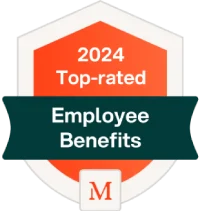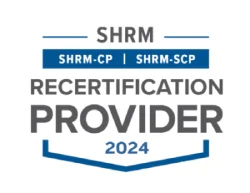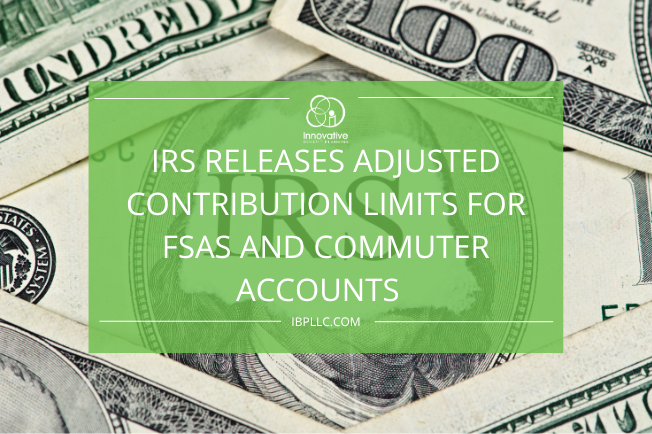
IRS Releases Adjusted Contribution Limits for FSAs and Commuter Accounts
On October 9th, the IRS released the 2026 maximum contribution limits for Flexible Spending Arrangements (FSA) and commuter accounts. Rev....
Read MoreOf Providing Excellent Employee Benefits?
HR Professionals spend about 73% of their time getting bogged down by administrative tasks and employee questions.
81% of organizations reported that employees do not have a high level of understanding of their benefits.
Over the past 10 years employers have seen a 41% increase in their healthcare costs.
44% of HR Managers have trouble keeping up with ever-changing employment laws.



We understand the challenge in creating a benefits program employees value.
Years
States
Countries
Members Served

We understand the challenge in creating a benefits program employees value. We make it simple.
This is a critical first step in Innovative’s process. We have a tried and true process to identify your concerns, obstacles, gaps, and opportunities. In order to create a solution, we need to know the ins and outs of the situation.
Innovative employs a dedicated team to your organization with a multi-layered management approach to put your customized plan into action. Your team will ensure all goals are met and employees are both educated and engaged through a strategic communication plan.
Evaluating and reporting is an important part of an organization’s strategy. Innovative continually measures the success of current strategies while bringing new and exciting strategies for consideration.



Innovative is proud to be committed to professional development through a variety of seminars, webinars, and events all year long. Events are held at various locations, including our on-site, state-of-the-art training facility, The Learning Exchange. All topics are HRCI, SHRM and CPE certified.

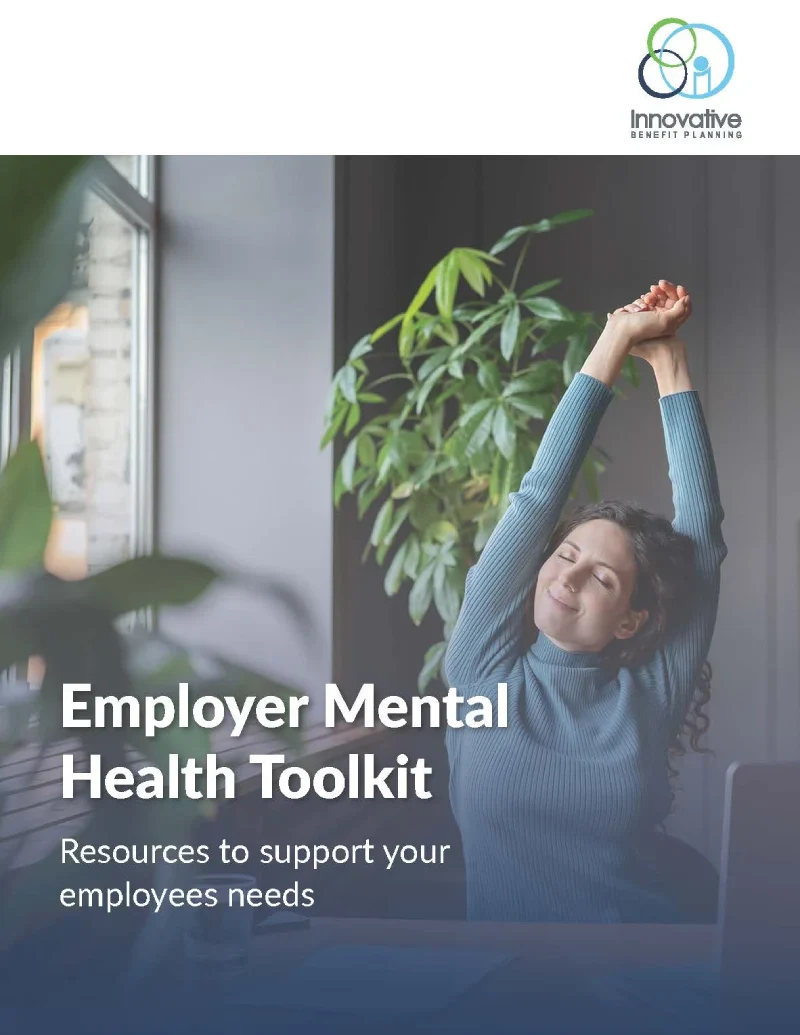
Download a FREE 12 Page Guide to Assist You in Addressing Mental Health in Your Workplace and Within Your Team.

On October 9th, the IRS released the 2026 maximum contribution limits for Flexible Spending Arrangements (FSA) and commuter accounts. Rev....
Read More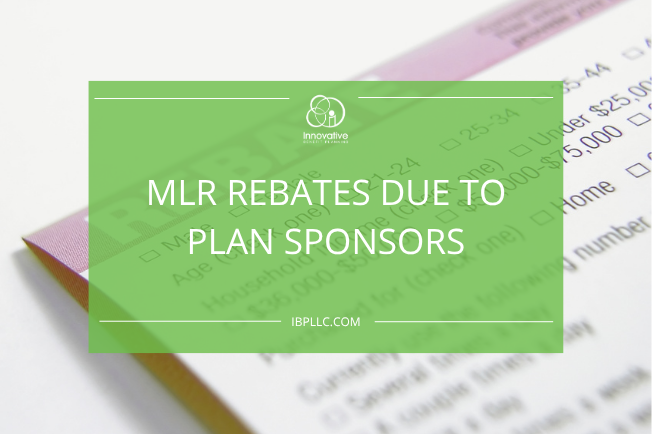
MLR Rebates Due to Plan Sponsors by September 30, 2025 The Affordable Care Act (ACA) outlines the requirements fully insured...
Read More
On September 25th Donald Trump announced, via a Truth Social post, a 100% tariff on any branded or patented pharmaceutical...
Read MoreGet Started!
Fill out the form below, and we will be in touch shortly.


